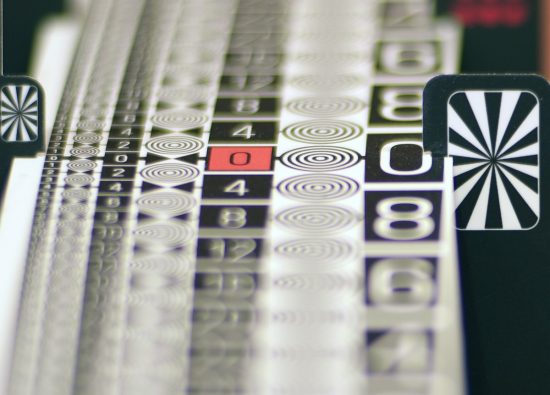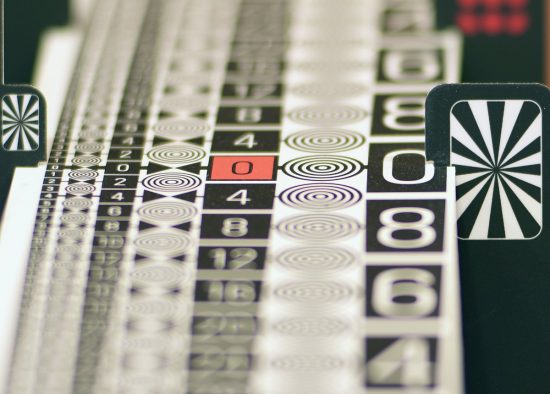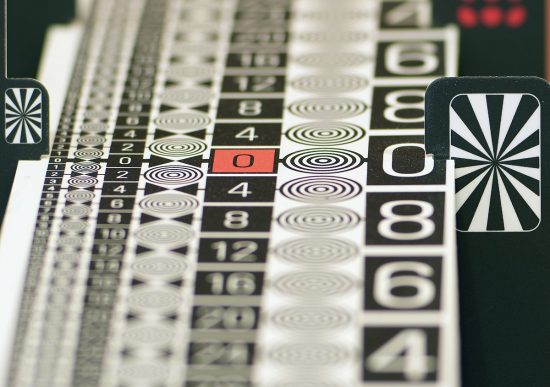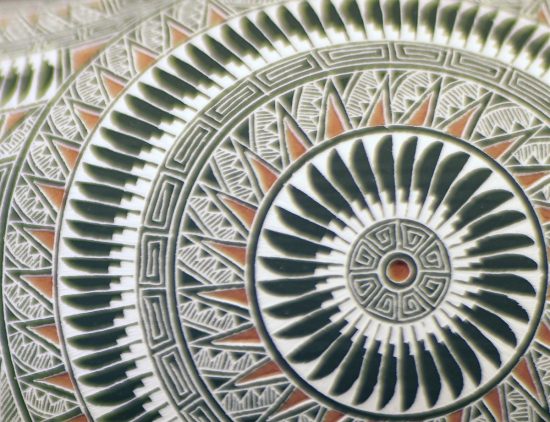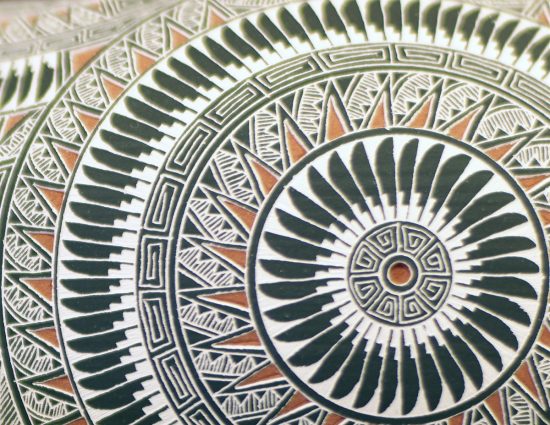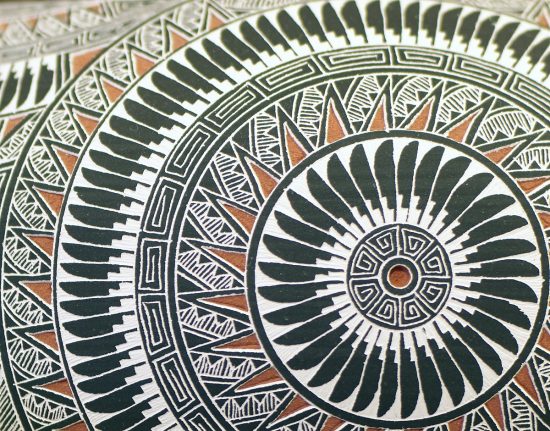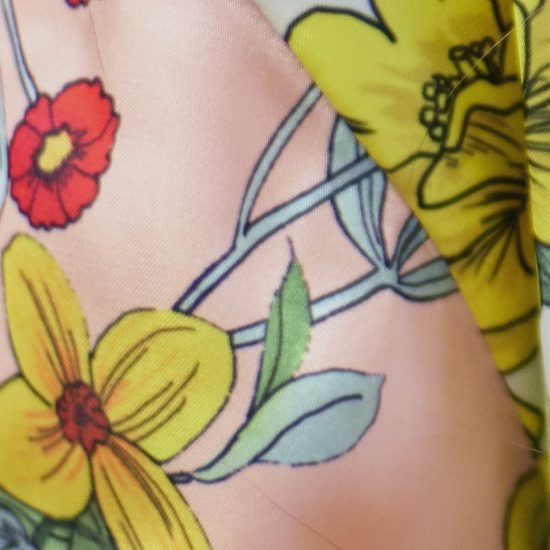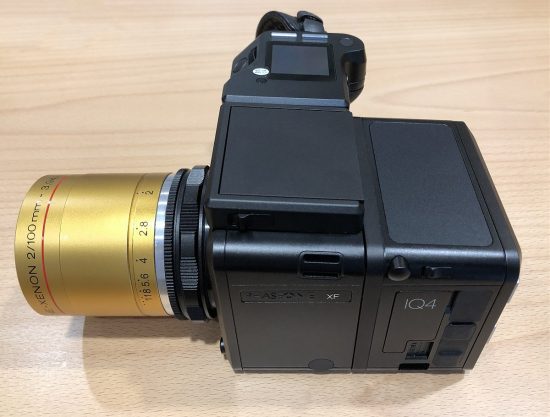
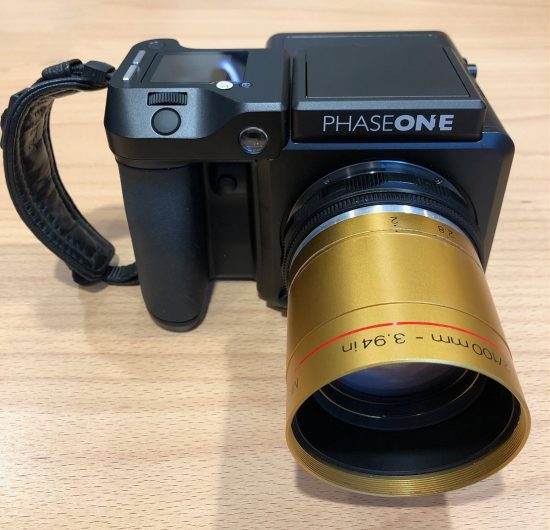
A "medium format Noctilux" 100 mm f/2 lens that covers the 53x40 mm IQ4 sensor by onasj (see previous posts by Onasj):
As my previous posts have hinted, I love hand-held ambient-light photography for its nimbleness and broad applicability. Indeed, one of the reasons why I made the jump from Nikon/Sony/Leica 35 mm systems (all excellent in their own ways) to medium format was to take advantage of the *theoretical* low-light, high ISO advantage of the larger sensor and, especially, of the current-generation of back-side illuminated (BSI) medium format sensors that Sony has manufactured. Among medium format cameras, currently these sensors are in the Phase One IQ4 (53.4 x 40 mm sensor, 151 MP), and the Fuji GFX-100 (44 x 33 mm, 102 MP). As I previously documented (https://photorumors.com/2019/01/20/m...ne-comparison/), the BSI sensor architecture in the IQ4 offers substantial (~1 full stop) of high-iso signal:noise advantage over the IQ3, consistent with what Bill Claff measured (Photographic Dynamic Range versus ISO Setting). In addition, the BSI sensor minimizes the need for color correction when shifting or tilting, a major benefit for technical camera use.
Taking full advantage of the world-class potential of the IQ4 sensor to support ambient light photography, however, requires several key components beyond a world-class sensor—of which the IQ4 is currently the best available to photographers in my opinion. It also requires lenses capable of bringing the right amount and quality of photons to these sensors, and camera hardware and firmware that enable reliable and nimble captures.
With respect to camera hardware, even a manual focus-only Alpa camera paired with the IQ4 is capable of delivering excellent low-light performance in a very compact package. I used an Alpa 12 TC + the IQ4 + a 50 mm Rodenstock HR lens at f/4 to capture low-light stage photography with decent results: https://www.alpa.ch/en/portfolios/li...nd-in-sin-city
Of course a capable camera and lens for low-light 53x40 mm photography with autofocus is the Phase One XF system + SK 80 mm f/2.8 "blue ring" lens. This lens is quite sharp, autofocuses reasonably well, and is very compact, but
1) It renders fairly clinically, which is very useful for some types of photography but less ideal for certain types of portraits and street photography;
2) It has a maximum aperture of f/2.8, which is impressive for medium format but leaves room for improvement for low-light photography, for focusing the viewer's attention on a very fine slice of the subject, and for generating creamy smooth bokeh.
3) Its field of view at the 35-mm equivalent of 50 mm isn't really long enough for an ideal portrait lens, even with its decent 0.7 m minimum focusing distance.
Adapting my Leica M lenses such as the superb 75/1.25 Noctilux or the 90/2 Summicron to the IQ4 results in lovely images, but of course you lose about 70 of the 151 MP once you crop the image to the 35-mm image circle.
As some of you probably know, Schneider-Kreuznach around 30 years ago made IMAX projector lenses that project light through 70 mm IMAX film (which has the dimensions of approximately 70 mm x 48.5 mm) onto a theater screen far away. Many of these SK projector lenses are excellent, with large (f/2 or even f/1.6 in some cases) apertures. Importantly, since the optics of capturing an image plane onto an digital sensor are (nearly) identical to the optics of projecting an image from a film onto a theater screen, these old-school projector lenses have the potential to make for excellent medium-format lenses that fully cover the 53.4 x 40 mm IQ4 sensor, corner to corner.
Doug Peterson has tested one such projector lens as part of his "big buttery bokeh" article (highly recommended!): https://www.dtcommercialphoto.com/fa...ens-phase-one/
The Boutique Lens, a company in Kentucky that specializes in converting old lenses into ones that can be mounted to modern MF systems, has written a highly informative treatise on these lenses: https://www.theboutiquelens.com/blog...endary-cinelux. They also sell converted old lenses, and when I saw an SK 100 mm "Cinelux Xenon" (their higher quality line) lens appear in their inventory, I was excited to purchase one converted to a Mamiya 645 mount. This mount is identical to the Phase One mount, and also compatible with Alpa cameras via the Alpa Mamiya lens mount adapter and 28 mm of total spacers. The Boutique Lens will also install a focusing helicoid and variable aperture, giving these lenses much greater flexibility than their always-wide-open original forms.
After working with Jeff at Lens Boutique through multiple iterations and discussions, along with several months of patience, I recently received the 30-year-old SK 100 mm f/2 Cinelux Xenon lens adapted to the Mamiya mount with a variable aperture and focusing helicoid installed. The quality of the machined mount, variable aperture, and assembly was excellent and professional. While the finished product does not look like a modern manufactured lens, it has a nice hand-built quality, and is finished as well as one could hope for in a 30-year-old lens that's been extensively modified and adapted. Focusing action and aperture changing is very smooth, though I miss a clicked aperture ring.
How does this lens perform when paired with an IQ4? Remarkably well, in my opinion. Wide open it is acceptably sharp but, more importantly, renders with creamy bokeh and a pleasing look that complements very well most of the IQ4-compatible Phase One and technical camera lenses, none of which give quite the same look. The focal plane shutter of the XF body (as fast as 1/4000 s) and auto ISO are ideal matches for this lens—one just needs to turn on "manual lens mode" in the XF menu. While the lens also performs very well on a technical camera, the lack of a shutter in the lens means you'll either be limited to only electronic shutter when mounted on a technical camera, or you'll need to pair it with a focal plane shutter module, with appropriate spacer adjustment.
Here are some portraits shot around my office, handheld, wide open (f/2) at ISO 800 on the XF using the focal plane shutter at 1/160 s or 1/200 s, with nothing but ambient office and window light. The raw files were converted in Capture One with my default settings and only white balance correction. The complete, uncrossed frames are shown below—you can see that there's no extreme vignetting, and the entire 53.4 x 40 mm sensor is covered by the lens. Soon I'll test this lens on an Alpa STC to measure how much shift it can support. Given than a 70 mm IMAX frame is quite a bit larger than the IQ4's sensor, I'm optimistic at least some shift and tilt will be possible.
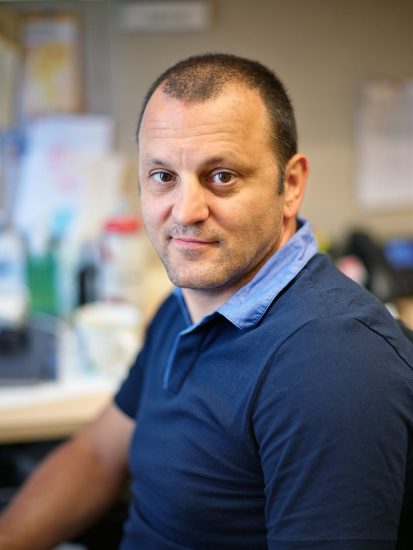
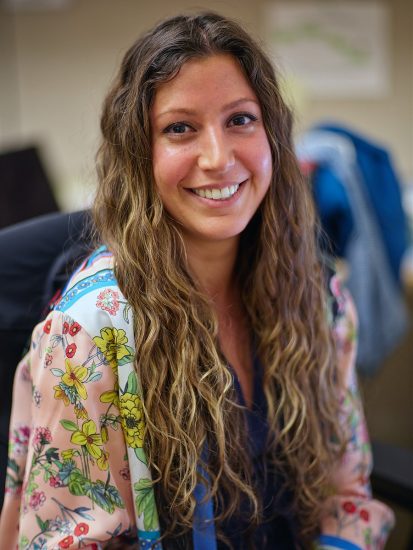
Here is a 100% crop from the second portrait at f/2:
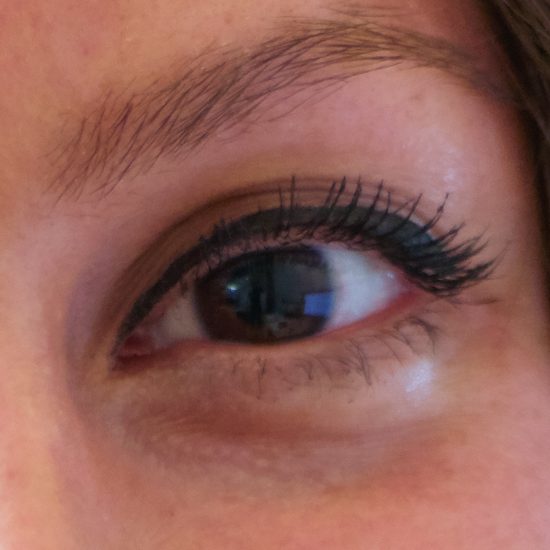
Stopped down, the lens gets scary sharp by f/4 and even f/2.8 is pretty sharp, though CA is more evident at f/2 and f/2.8. I'll point out, however, that CA is actually better with this lens wide open than my Leica 50/0.95 Noctilux or even the outstanding 75/1.25 Noctilux wide open, even though the field-of-view and depth-of-focus of the Xenon 100/2 is approximately equal to a 63 mm f/1.25 lens on a 35 mm camera. Here are 100% crops from the center of the frame (the pinwheel LensAlign target) and from 75% of the way to the right edge (the carved vessel) from f/2, f/2.8, f/4, and f/5.6 (all ISO 100).
Center of frame, f/2:
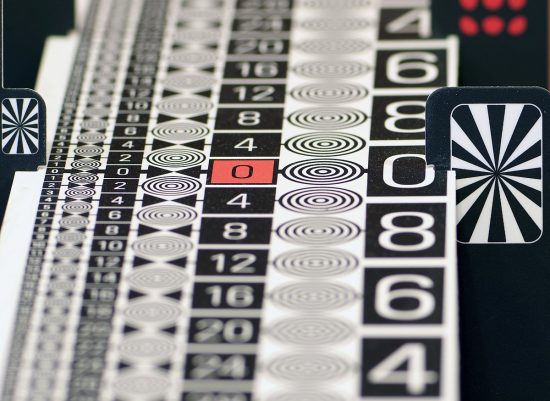
Here's an uncropped frame from the full test scene:
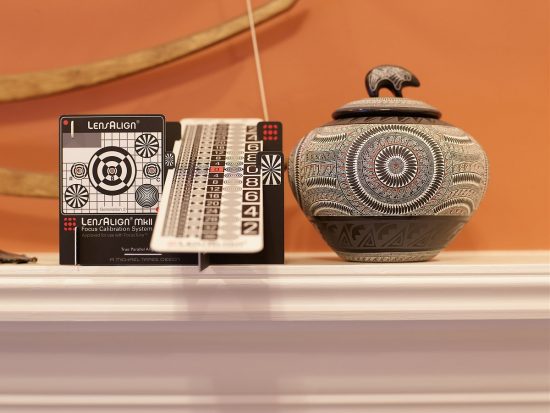
And here are 100% crops from the right side of the image frame:
Right side, f/2:
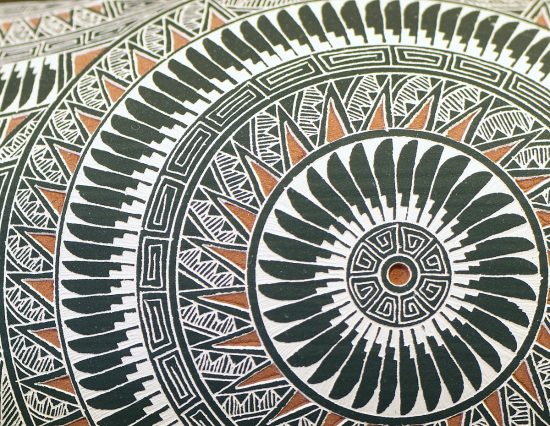
I'll end this review with a few final points. First, the bokeh of this lens wide open is truly awesome. Here's the bokeh from a full bar (with dozens of bottles, glasses, and lights) behind the subject of a portrait shot at f/2, ISO 1600, handheld:
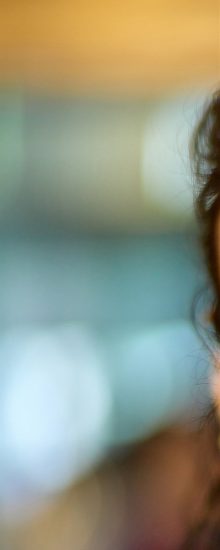
An extremely busy background has melted into nothingness. And yet even at f/2 I'm surprised by the ability of this lens to capture details. Here's another 100% crop from the portrait I posted in the first part of the review (f/2, ISO 800, handheld):
Second, using this lens with its very thin depth-of-focus is made practical by the excellent focus peaking (focus masking) of the IQ4, adjusted to a low (275) focus peaking threshold, along with the highly responsive live view of the IQ4. In fact my hit rate of in-focus portraits with this 100/2 manual focus lens is *at least as good* as when I use the SK 80/2.8 BR lens's autofocus, though of course the XF's autofocus abilities are not quite state-of-the-art compared to those of current Sony, Fuji, Nikon, or Canon systems. But I was pleasantly surprised that more than 75% of my f/2 handheld shots had the subject's eyes in focus.
In a couple weeks I'll shoot a wedding with both the SK 80/2.8 BR AF lens and this SK 100/2 MF lens on the XF. My hope is that the resulting shots will complement each other nicely, with the Cinelux Xenon lens ideally suited for more dreamy, artsy shots. We'll see.
Finally, this lens with all the custom adaption, variable aperture, and focusing helicoid work from The Boutique Lens cost me about the same amount as my SK 80/2.8 BR lens (a few thousand dollars). Not inexpensive, but given that it fills a sparsely populated niche in my medium format photography, and also reminds me strongly of the ($11,000-$13,000) Leica Noctilux 50/0.95 and 75/1.25 lenses, I feel this lens represents a pretty good value.

